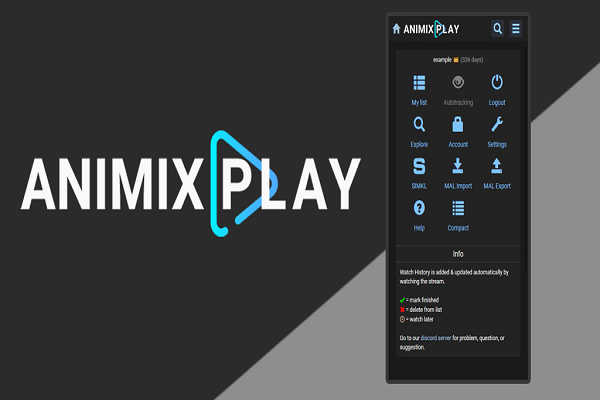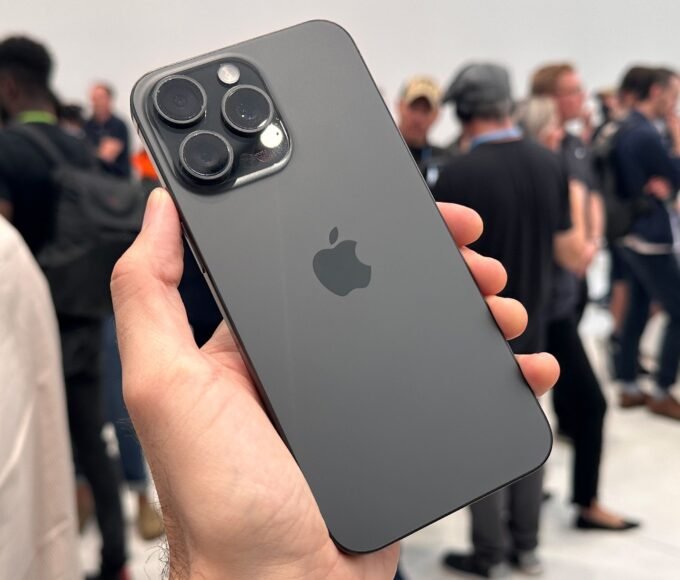This news spread like fire in the jungle that big corporations which include Amazon, Netflix, and other similar tech giants are cutting down the cable businesses. Cutting down on cable services has drastically increased especially during COVID’19 as well. Some experts even say that the end of cable services does not look too far. It seems like most of the cable companies don’t care about their businesses getting obsolete. The Pay-TV side is more alarming when we look at the business as compared to the fast broadband connection, and it’s been this way for quite some time now. In 2013, James Dolan, (at that point) CEO of Cablevision, revealed to The Wall Street Journal “there could come a day” when his organization will quit offering TV services depending on broadband for its income. Dolan later offered Cablevision to Altice for $17.7 billion in 2015.
Cable TV Service
Lately, Charter, the second-biggest U.S. telecommunication provider, has offered reasonably priced bundles to give customers more options to pick from. When it comes to their quality of services for their whole range and spectrum channel lineup, both are worth giving a shot. There is a reason Spectrum has its footmark in 40 plus states followed by Xfinity which holds the first position in the ranking.
Cable business works in such a manner that the traditional providers, such as Comcast (owner of CNBC) Charter, CenturyLink, and Cox — the biggest U.S. satellite TV sellers — pay for every channel or program to broadcast. Small cable provider companies don’t cost a lot as they don’t offer as much variety as a huge provider can. They charge around 5 cents for each month per subscriber. Some distinguished channels and their transmission which includes names like ESPN and Fox News, cost even more because their content is exclusive.
Every channel owner owns more than one channel under their name which they joined in order to give a discounted package to their consumers, enabling them to create higher revenue. A study conducted by SNL Kagan in 2017 states that for every subscriber, ESPN gets about $9 per month which provides four popular networks. After a hike in programming rate, the bundles are now too costly that packages by Pay-TV are on a low or negative margin.
The business is far more awful for new video content creators, for example, Google’s YouTube TV, which is just in a growing phase, thus, should keep costs low to draw in new viewership. As Bernstein examiner Todd Juenger clarified, the digital bundles have made YouTube lose its money. Google’s strategy is to raise costs once it gets enough subscribers – to compensate for the loss. Even after all the technologies and innovative advancements, some people pay $100 for cable networks rather than $40 for YouTube channels. Yet, presently, this traditional TV and internet might be losing its legacy.
When it comes to cutting the cord or never cord trend, a large majority of the customer base is switching to streaming service. Here the streaming services include both live streaming and online streaming. Live streaming is raw, and something is recorded and telecasted in real-time for example periscope, while online streaming is the recorded content you get on your portal or app which you can watch at your pace such as Netflix. This shows that the biggest competitor for cable TV services in the market is streaming services that has everything the customers were looking for. Moreover, the constantly increasing prices on cable bills are one of the primary reasons for most of the previous cable service customers.
Final Thoughts
After going through all the possible reasons why cable service can or cannot go obsolete in coming years in the afore-mentioned discussion, we conclude that if cable TV amends and adapts to the latest trends, it can survive. Why? Because cable might have lost the spotlight since the emergence of the internet but it had been ruling the entertainment and information industry since forever. As of now, dozens of cable providers have loyal customers that might never quit on them, just for the sake of tradition. Most of the leading and now rest of the cable service providers are also launching their Apps to facilitate their customers even when they step out.
This news spread like fire in the jungle that big corporations which include Amazon, Netflix, and other similar tech giants are cutting down the cable businesses. Cutting down on cable services has drastically increased especially during COVID’19 as well. Some experts even say that the end of cable services does not look too far. It seems like most of the cable companies don’t care about their businesses getting obsolete. The Pay-TV side is more alarming when we look at the business as compared to the fast broadband connection, and it’s been this way for quite some time now. In 2013, James Dolan, (at that point) CEO of Cablevision, revealed to The Wall Street Journal “there could come a day” when his organization will quit offering TV services depending on broadband for its income. Dolan later offered Cablevision to Altice for $17.7 billion in 2015.
Lately, Charter, the second-biggest U.S. telecommunication provider, has offered reasonably priced bundles to give customers more options to pick from. When it comes to their quality of services for their whole range and spectrum channel lineup, both are worth giving a shot. There is a reason Spectrum has its footmark in 40 plus states followed by Xfinity which holds the first position in the ranking.
Cable business works in such a manner that the traditional providers, such as Comcast (owner of CNBC) Charter, CenturyLink, and Cox — the biggest U.S. satellite TV sellers — pay for every channel or program to broadcast. Small cable provider companies don’t cost a lot as they don’t offer as much variety as a huge provider can. They charge around 5 cents for each month per subscriber. Some distinguished channels and their transmission which includes names like ESPN and Fox News, cost even more because their content is exclusive.
Every channel owner owns more than one channel under their name which they joined in order to give a discounted package to their consumers, enabling them to create higher revenue. A study conducted by SNL Kagan in 2017 states that for every subscriber, ESPN gets about $9 per month which provides four popular networks. After a hike in programming rate, the bundles are now too costly that packages by Pay-TV are on a low or negative margin.
The business is far more awful for new video content creators, for example, Google’s YouTube TV, which is just in a growing phase, thus, should keep costs low to draw in new viewership. As Bernstein examiner Todd Juenger clarified, the digital bundles have made YouTube lose its money. Google’s strategy is to raise costs once it gets enough subscribers – to compensate for the loss. Even after all the technologies and innovative advancements, some people pay $100 for cable networks rather than $40 for YouTube channels. Yet, presently, this traditional TV and internet might be losing its legacy.
When it comes to cutting the cord or never cord trend, a large majority of the customer base is switching to streaming service. Here the streaming services include both live streaming and online streaming. Live streaming is raw, and something is recorded and telecasted in real-time for example periscope, while online streaming is the recorded content you get on your portal or app which you can watch at your pace such as Netflix. This shows that the biggest competitor for cable TV services in the market is streaming services that has everything the customers were looking for. Moreover, the constantly increasing prices on cable bills are one of the primary reasons for most of the previous cable service customers.
Final Thoughts
After going through all the possible reasons why cable service can or cannot go obsolete in coming years in the afore-mentioned discussion, we conclude that if cable TV amends and adapts to the latest trends, it can survive. Why? Because cable might have lost the spotlight since the emergence of the internet but it had been ruling the entertainment and information industry since forever. As of now, dozens of cable providers have loyal customers that might never quit on them, just for the sake of tradition. Most of the leading and now rest of the cable service providers are also launching their Apps to facilitate their customers even when they step out.








Leave a comment